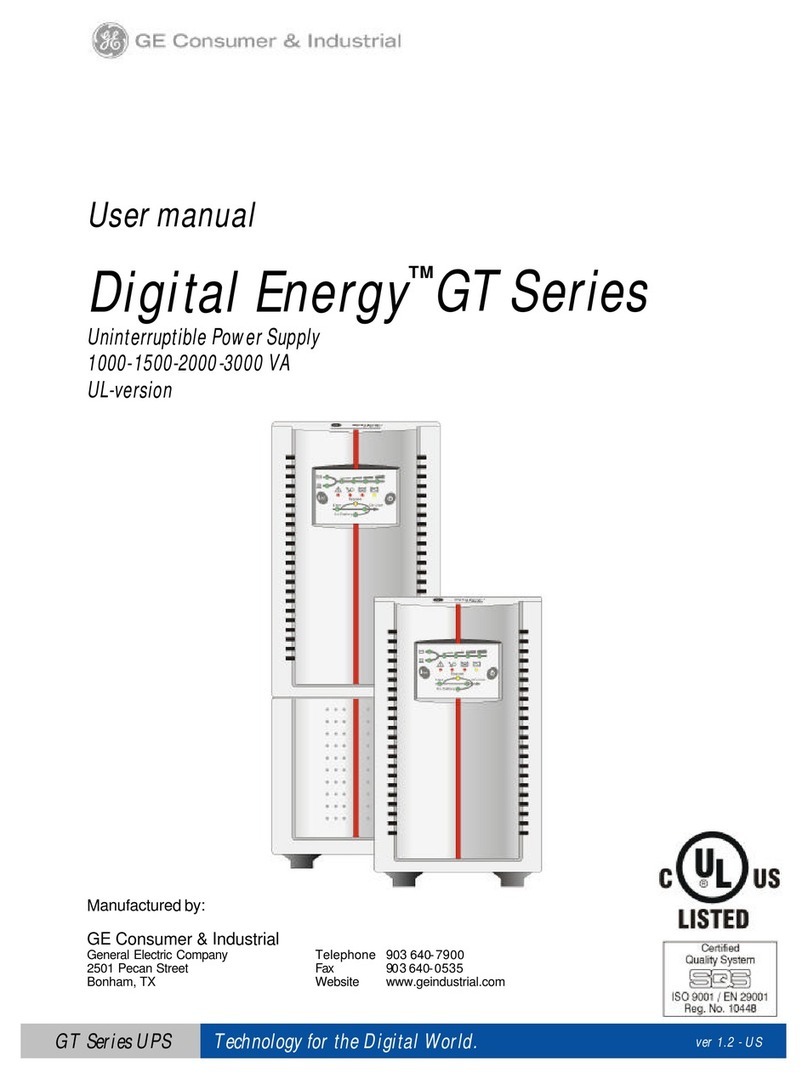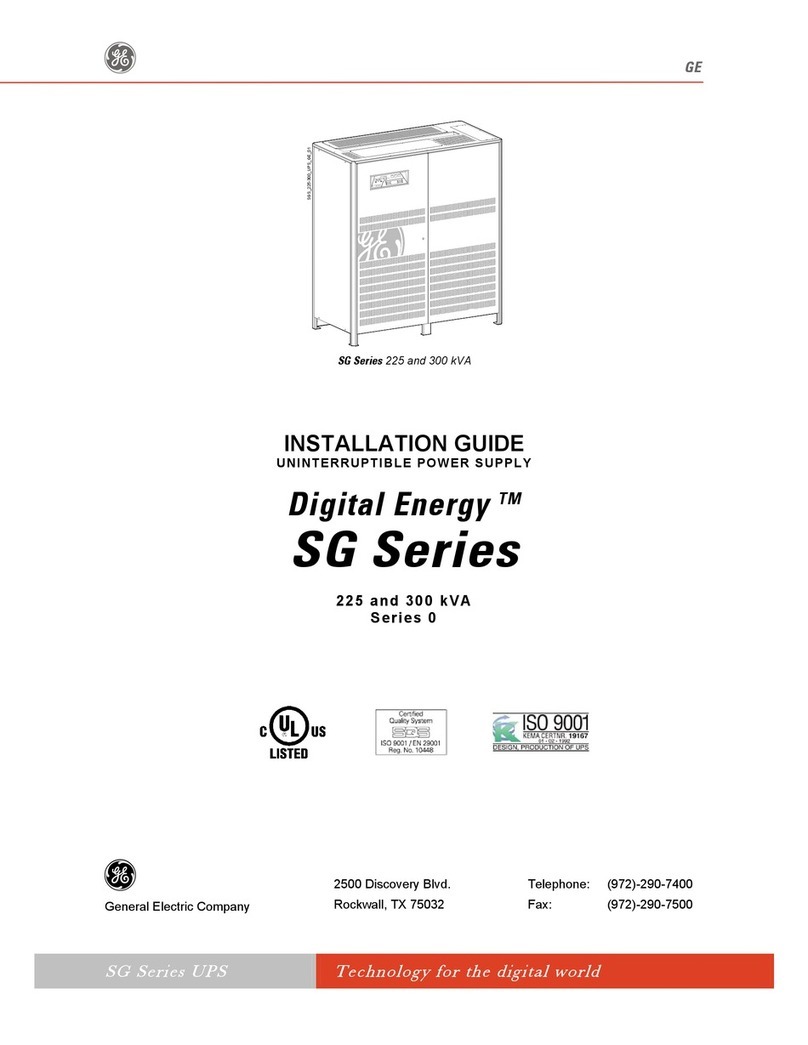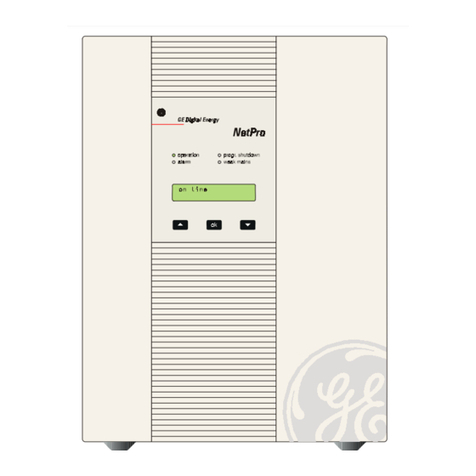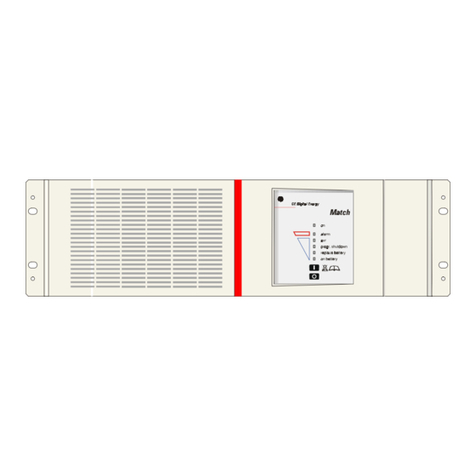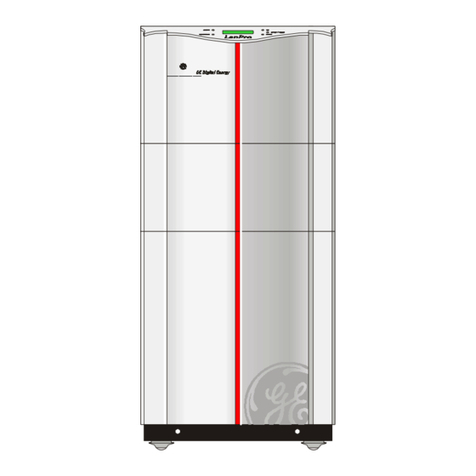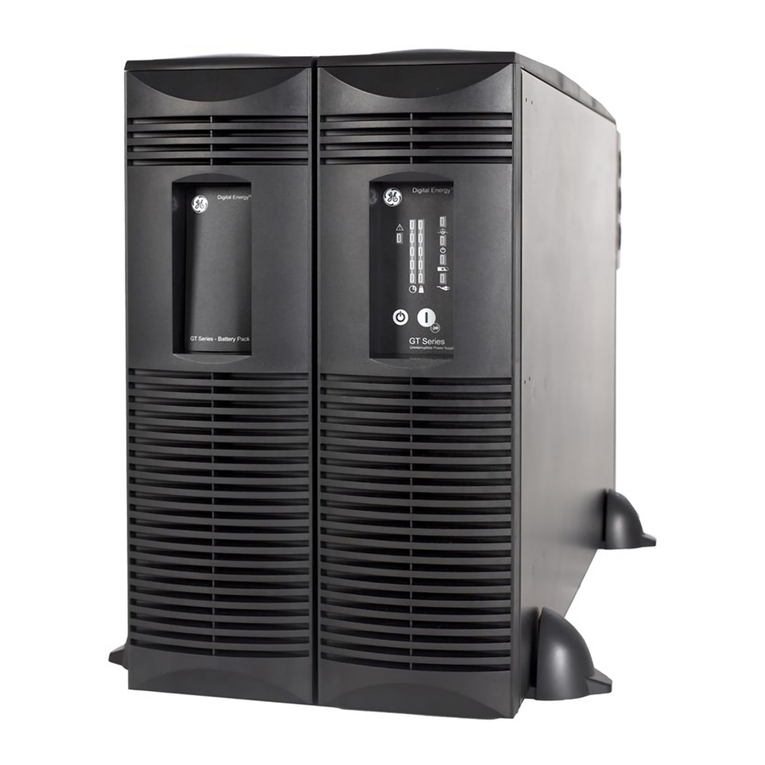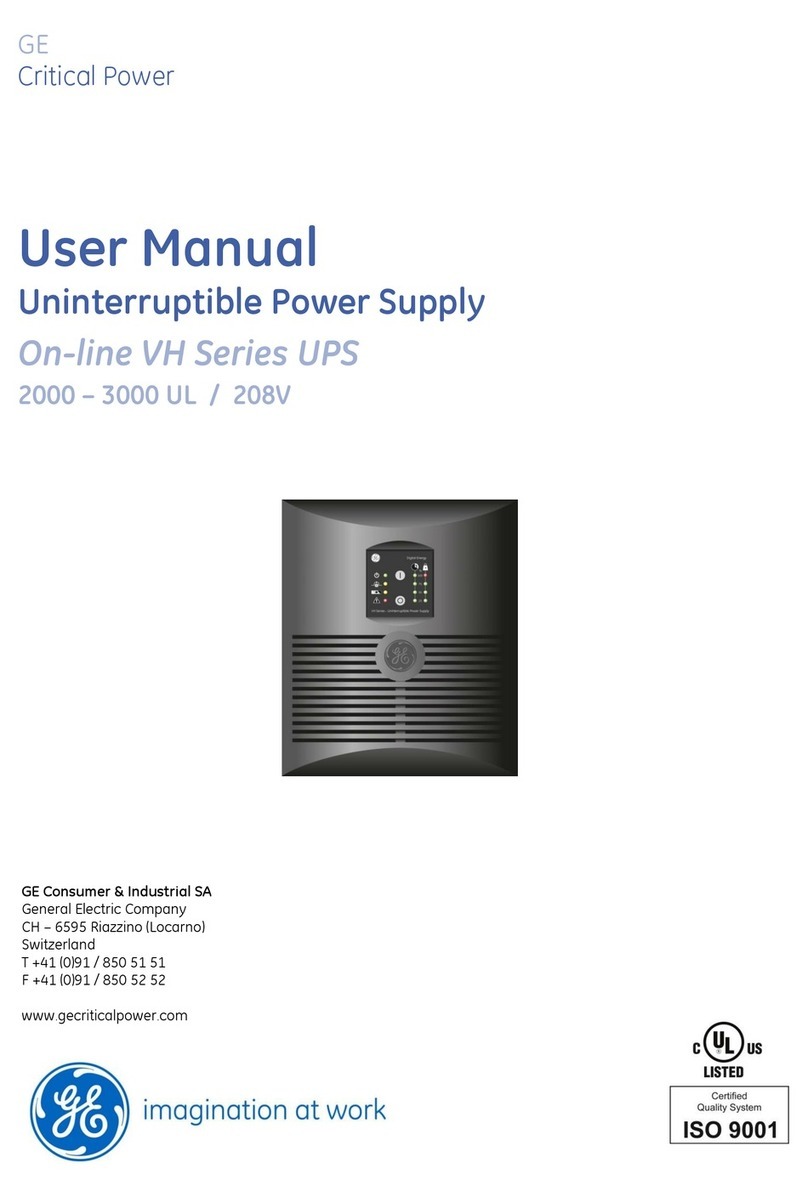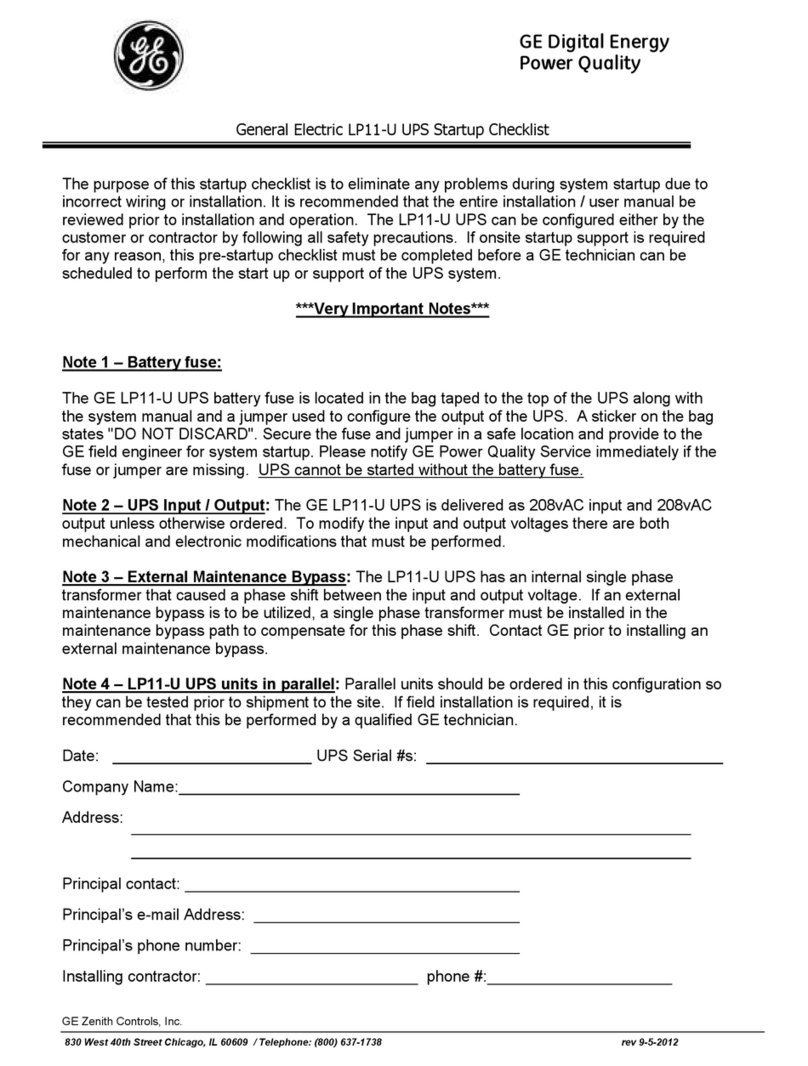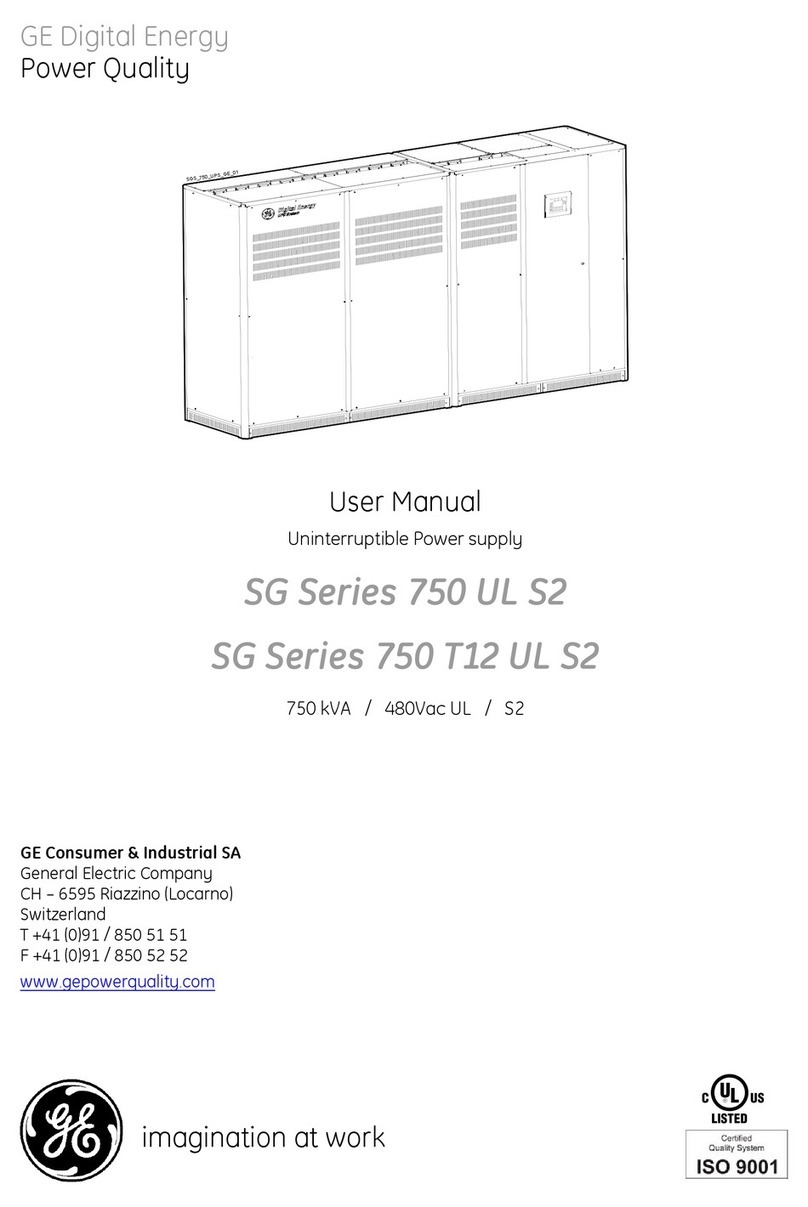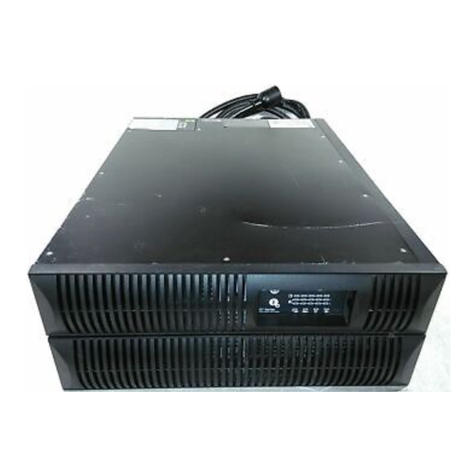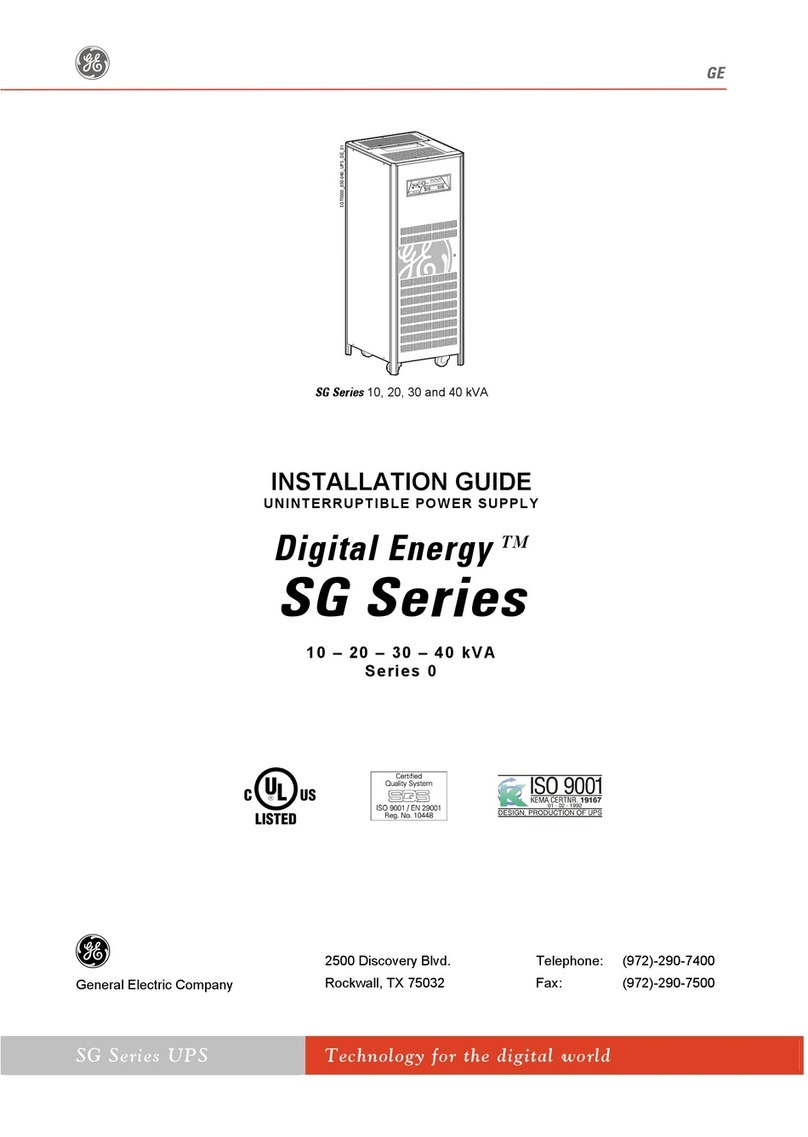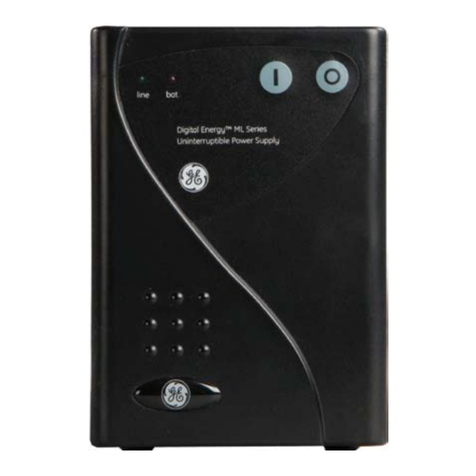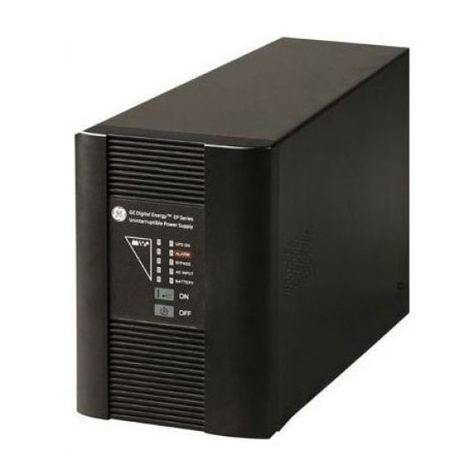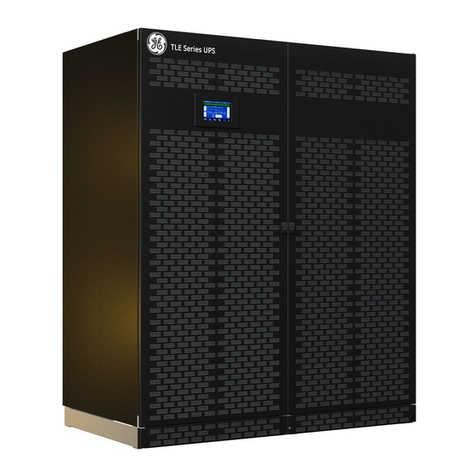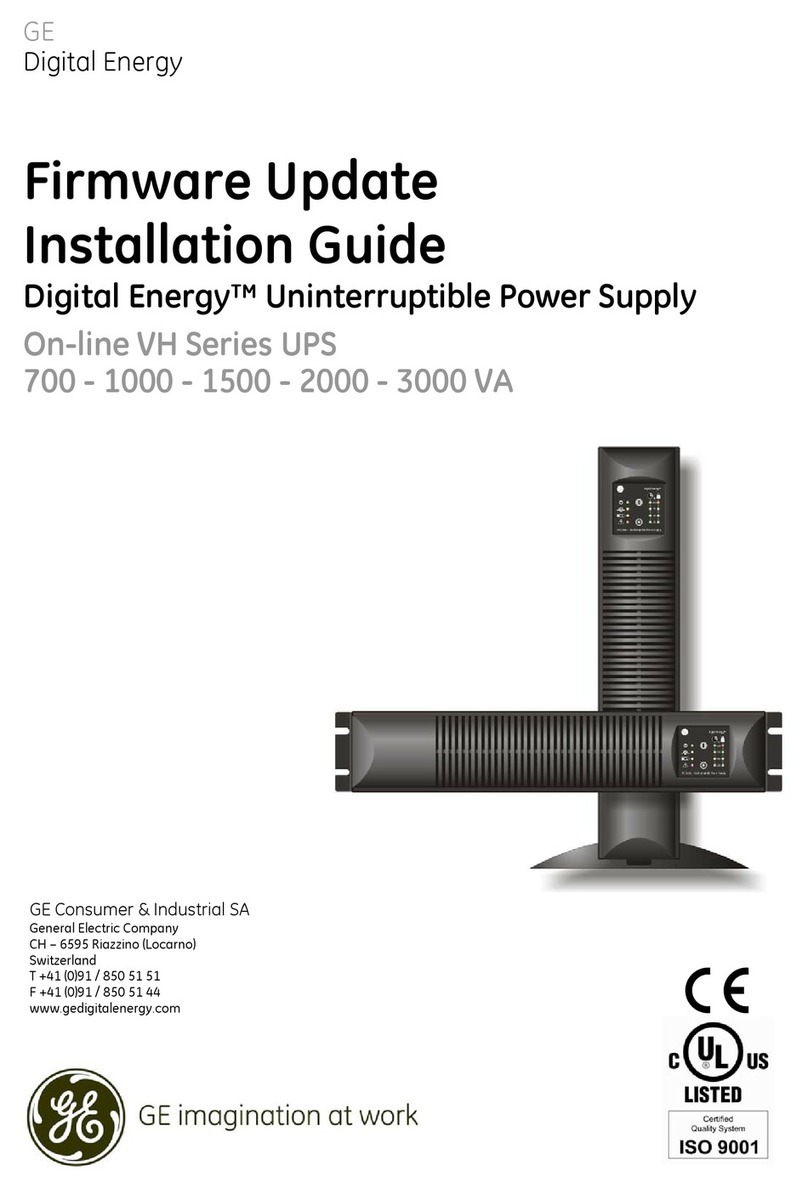Modifications reserved Pagina 5/90
OPM_SPE_XXX_60K_60K_7GB_V010.doc Operatine Manual SitePro 60 kVA
Table of contents Page
1SAFETY RULES............................................................................................................................................... 7
1.1 SAFETY SYMBOLS AND WARNINGS...........................................................................................................................................9
2INTRODUCTION.......................................................................................................................................... 10
3DESCRIPTION.............................................................................................................................................. 11
3.1 BLOCK DIAGRAM AND MAIN ELEMENTS.............................................................................................................................. 11
3.2 OPERATION MODES....................................................................................................................................................................... 12
3.2.1 Normal operation mode VFI (Voltage Frequency Independent)..................................................................................... 12
3.2.2 SEM mode operation (Super Eco Mode)..................................................................................................................................... 12
3.2.3 Mains failure operation ..................................................................................................................................................................... 13
3.2.4 Mains recovery operation................................................................................................................................................................ 13
3.2.5 Automatic Bypass ............................................................................................................................................................................... 14
3.2.6 Manual Bypass ..................................................................................................................................................................................... 14
3.3 PARALLEL SYSTEM OPERATION................................................................................................................................................ 15
3.3.1 Introduction to the parallel system ............................................................................................................................................. 15
3.3.2 Features of RPA parallel system ................................................................................................................................................... 16
3.3.3 System control...................................................................................................................................................................................... 16
3.3.4 Synchronization.................................................................................................................................................................................... 16
3.3.5 Load sharing .......................................................................................................................................................................................... 16
3.4 RECTIFIERS PARALLELED ON THE SAME BATTERY........................................................................................................... 17
3.5 SERVICE AND TECHNICAL SUPPORT...................................................................................................................................... 18
3.6 WARRANTY........................................................................................................................................................................................ 18
3.7 RECYCLING AT THE END OF SERVICE LIFE........................................................................................................................... 19
4INSTALLATION............................................................................................................................................ 20
4.1 TRANSPORT....................................................................................................................................................................................... 20
4.1.1 Dimensions and weight .................................................................................................................................................................... 20
4.2 DELIVERY ............................................................................................................................................................................................ 21
4.3 STORAGE ............................................................................................................................................................................................ 21
4.3.1 Storage of the UPS .............................................................................................................................................................................. 21
4.3.2 Storage of Battery............................................................................................................................................................................... 21
4.4 PLACE OF INSTALLATION ............................................................................................................................................................ 22
4.4.1 UPS location ........................................................................................................................................................................................... 22
4.4.2 Battery location.................................................................................................................................................................................... 23
4.5 VENTILATION AND COOLING..................................................................................................................................................... 24
4.6 UNPACKING ...................................................................................................................................................................................... 25
4.7 ELECTRICAL WIRING...................................................................................................................................................................... 26
4.7.1 Mains input connection..................................................................................................................................................................... 26
4.7.2 Input/output overcurrent protection and wire sizing.......................................................................................................... 27
4.8 WIRING CONNECTION.................................................................................................................................................................. 28
4.8.1 Power connections.............................................................................................................................................................................. 28
4.8.2 Choice of AC input for the power supply .................................................................................................................................. 29
4.8.3 Functioning as frequency converter........................................................................................................................................... 30
4.9 RPA PARALLEL SYSTEM CONNECTION .................................................................................................................................. 31
4.9.1 Power wiring of parallel units......................................................................................................................................................... 31
4.9.2 Parallel control bus connection..................................................................................................................................................... 32
4.9.3 Control bus cable location............................................................................................................................................................... 34
5LAYOUT........................................................................................................................................................ 36
5.1 LAYOUT SITEPRO 60 KVA ............................................................................................................................................................ 36
